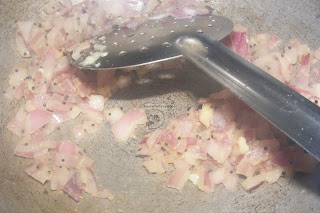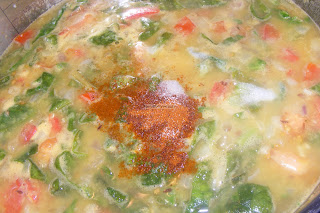Rye Dosa (Savory crepe with Rye)
Rye is one of those ingredients for which I have not be able to find the Indian equivalent name in any of the languages. Rye is a cereal grain closely related to wheat and barley. It is usually consumed as flour but can also be rolled like oats and eaten or rye berries could be boiled and consumed. Rye is lower in gluten than wheat and for this reason some people who cannot take wheat seem to do well with rye. It also has the benefit of being higher in fibre. There are so many such plus points but there is one minus point that it suffers from. Rye flour when used in rotis or bread tends not to rise. For this reason it is always best to combine it with all purpose flour or wheat flour and also used leavening agents so it rises ok. I did try a rye bread recipe from a website and it came out rock solid, even the birds would not have eaten it. Having got a packet of the flour, I cannot just waste it and somehow I could not accept that I was ineffective in using this flour. Inspired by my ragi dosa recipe, I tried rye dosa and it was very successful. I must say it pretty much tasted like regular dosa, however it was even more hearty and filling. Remember rye flour is whole grain flour afterall so it does come with its own benefits. I always prefer fermented batter for dosa and it suits me well because I try to plan the menu for atleast half the week so over the weekend I have all the preparation done. Here is how I made it and said quantity makes about 12 dosas, depending on the size…
¼ cup urd dal
¼ cup raw rice
½ cup par-boiled rice (idli rice)
¼ cup rye flour
2 tablespoons poha (flattened rice)
1 teaspoon fenugreek seeds (methi)
Salt to taste
Cooking oil/ghee
Soak the urd dal, raw rice, idli rice, poha and fenugreek seeds overnight and grind to fine batter. Add the rye flour and grind further so it combines well and add salt. Batter consistency should be like regular dosa batter.
Allow the batter to ferment for a few hours (it will rise) and pour a ladleful of batter on a hot tava to make yummy dosa. Add little oil or ghee to the circumference of the dosa and once bottom side turns brown and top side is set, flip to cook the other side.
You can stuff with masala of your choice (there will be a few variety of masalas posted soon) and serve with chutney and sambar! Plain dosa with chutney is very good too!





















































